The Borzoi, also known as the Russian Wolfhound, is a majestic and elegant breed that embodies grace and strength. With its sleek, long coat and …
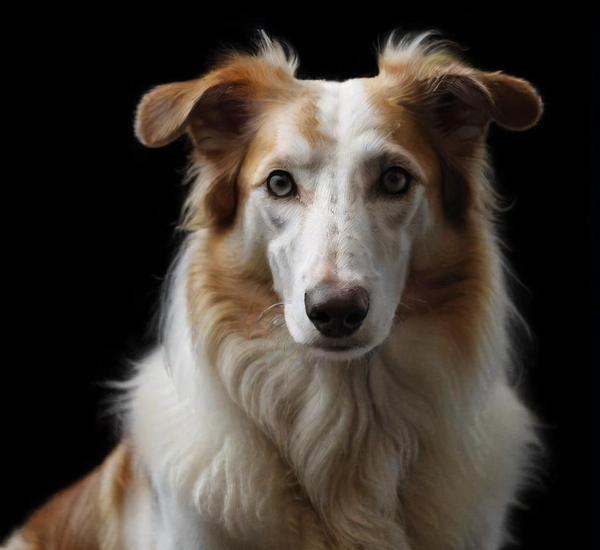
Happy Paws: All About Dogs

The Borzoi, also known as the Russian Wolfhound, is a majestic and elegant breed that embodies grace and strength. With its sleek, long coat and …
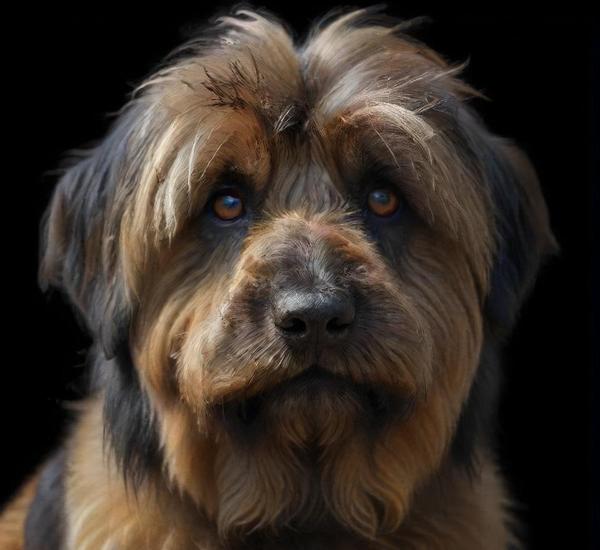
The Briard, a majestic and charismatic breed with a storied history, has captivated dog enthusiasts for centuries. Originating in France, this ancient herding dog was …
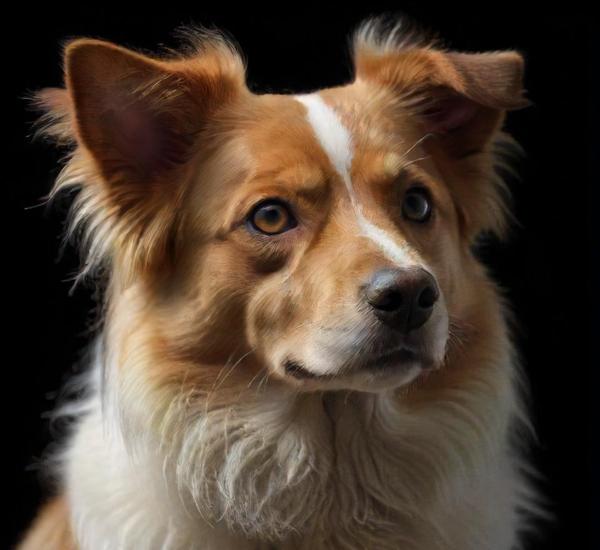
The Alopekis is a charming and lesser-known dog breed that has been captivating dog lovers with its distinctive looks and lively personality. Originating from Greece, …

The Italian Greyhound, often affectionately called the Iggy by enthusiasts, is a breed that combines elegance with playful energy in a compact, sleek package. Originating …
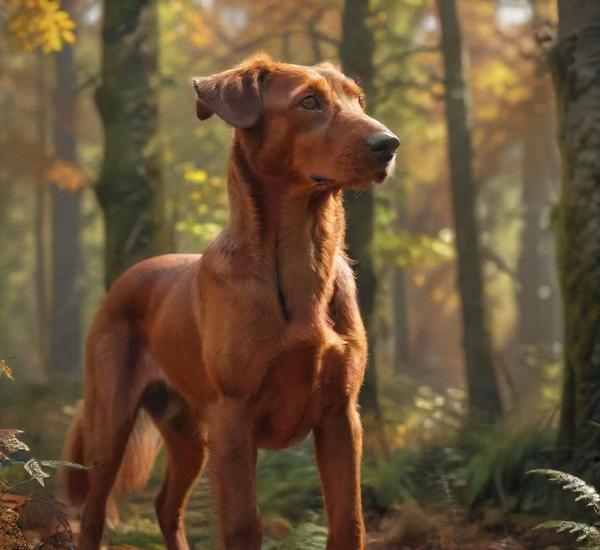
The Bruno Jura Hound, a captivating and versatile breed, stands out in the world of hunting dogs for its unique blend of athleticism and companionship. …
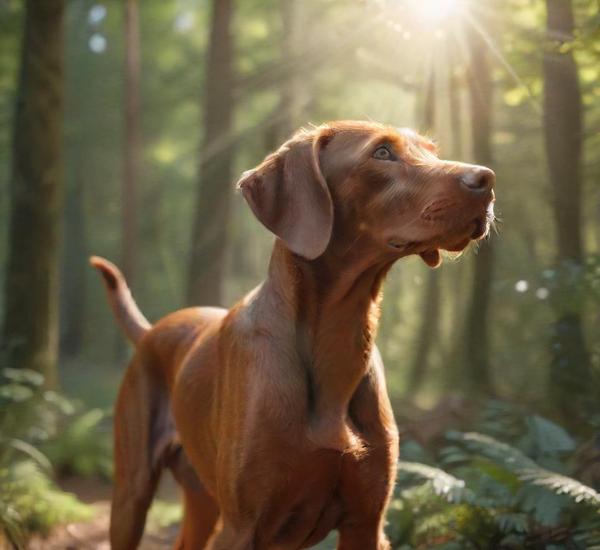
The Wirehaired Vizsla, a captivating and versatile breed, is quickly gaining recognition among dog enthusiasts for its unique blend of elegance and utility. Known for …
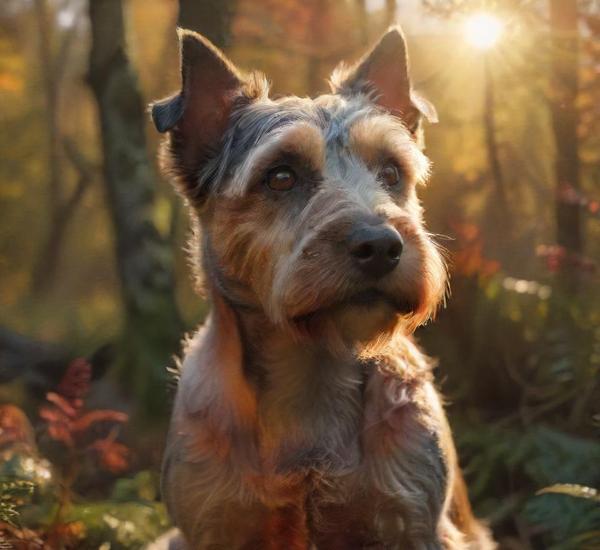
The Cesky Terrier, often overshadowed by its more prominent canine cousins, is a delightful gem in the world of terriers. Originating from the Czech Republic, …
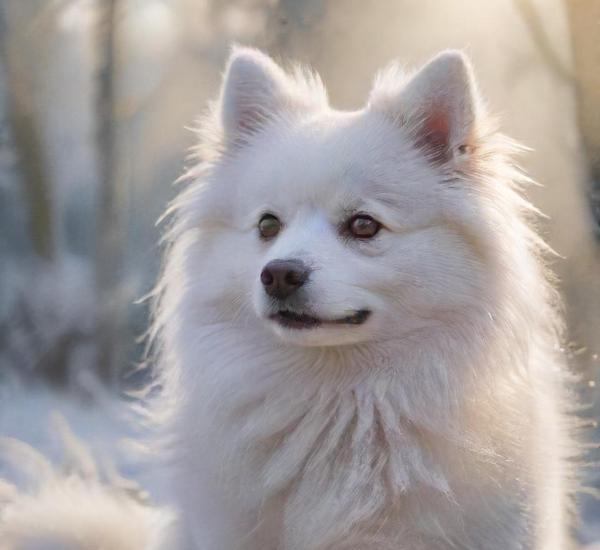
The German Spitz is a captivating and versatile breed renowned for its striking appearance and spirited personality. With a lineage that dates back centuries, this …
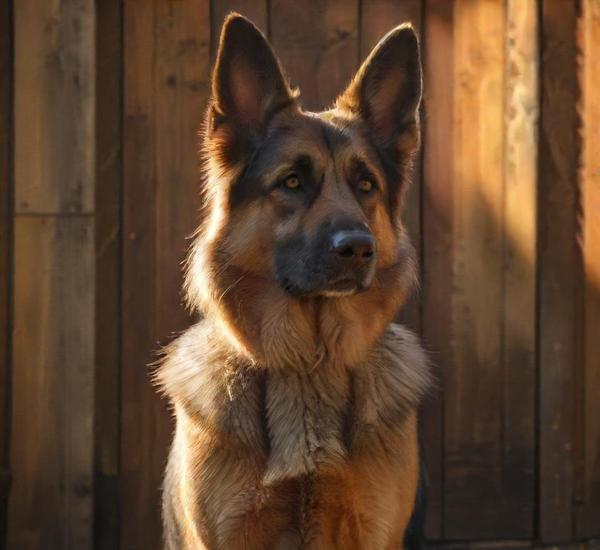
German Shepherds are renowned for their intelligence, versatility, and unwavering loyalty, making them one of the most popular and beloved dog breeds worldwide. Originally bred …

The Clumber Spaniel, a breed distinguished by its gentle demeanor and unique appearance, is a true gem among spaniels. Originating from the United Kingdom, this …